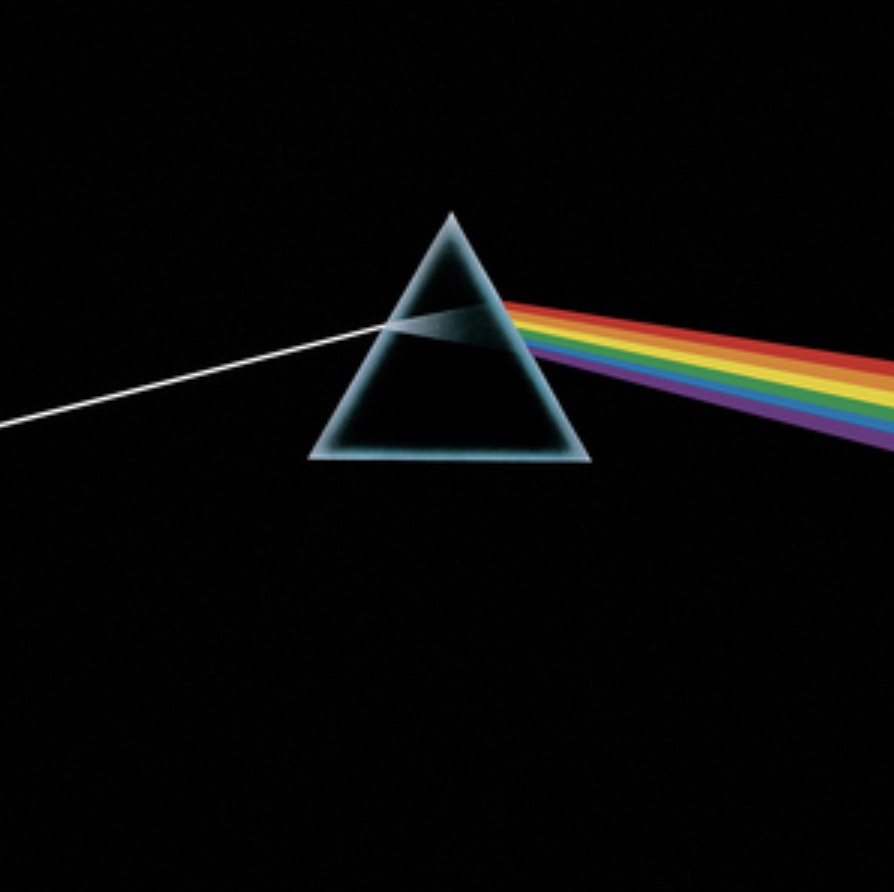Quick explanation
Radiative transfer is a generic term for a range of theories explaining how light moves through a "medium", e.g. glass, air, or vacuum.
Light's journey through a medium
When light particles, or photons, move through empty space, it always happens with "the speed of light", \(c\). If the light enters another medium, such as air or water, it slows down due to the interaction with the medium. At the same time, it changes its direction; the shorter the wavelength, the more the light is deflected. Since blue light has a shorter wavelength than red light, a ray of photons with all kinds of wavelengths (white light, as from the Sun) will be dispersed in a spectrum of beautiful colors.
If a single photon hits an atom, it may become completely absorbed, transferring its energy to the atom. The absorbed energy can then make the atom move, or it may excite one of its electrons orbiting the nucleus, or even kick it off completely (ionization). The excited atom may eventually de-excite, possibly through several steps, emitting photons with energies corresponding to the energy steps, until it reaches the ground state again.
If a photon hits a dust grain, it may simply be deflected, or scattered, or it may be absorbed, heating up the dust grain. The grain then slowly cools, emitting the absorbed energy in several lower energy, infrared photons.
The theories that describes these processes, i.e. what happens to the light when it travels through a medium, is called radiative transfer. In simple cases, this can be solved easily, in other cases it may be impossible unless one makes strong simplifications.
Resonant scattering
If a photon's energy matches (almost) exactly the energy difference between the ground state and the lowest ("first") excited state of an atom, then when the atom de-excites, another photon with (almost) exactly the same energy is emitted, but in another direction. This is called resonant scattering, because the photons is in resonance with the atomic transition, or the spectral line.
If the photon has a slightly too short or long wavelength, it will simply pass right through the atom.
The most famous example of this is the hydrogen Lyman α line. This photon is abundantly emitted from neutral hydrogen, which comprises more than 90% of all atoms in the Universe. A photon initially emitted in the center of a cloud of atoms with which it is in resonance cannot travel very far before it is absorbed and instantly re-emitted in another direction. Thus, it may take a very long time to escape the cloud.
However, the wavelength of the photon may slowly change after all: A photon with a shorter wavelength is scattered if the atom is moving away from the incoming photon with a velocity such that in the reference frame of the atom, the Doppler shift has shifted the wavelength of the photon close to resonance. Being emitted with same wavelength in the reference frame of the atom, if the direction is in opposite the direction, then in the reference frame of an external observer, the photon will seem to be emitted with a longer wavelength.
This makes calculations of resonant lines notoriously difficult.
You can read more about Lyman α (and Lyα radiative transfer) here.
Click image to animate.



